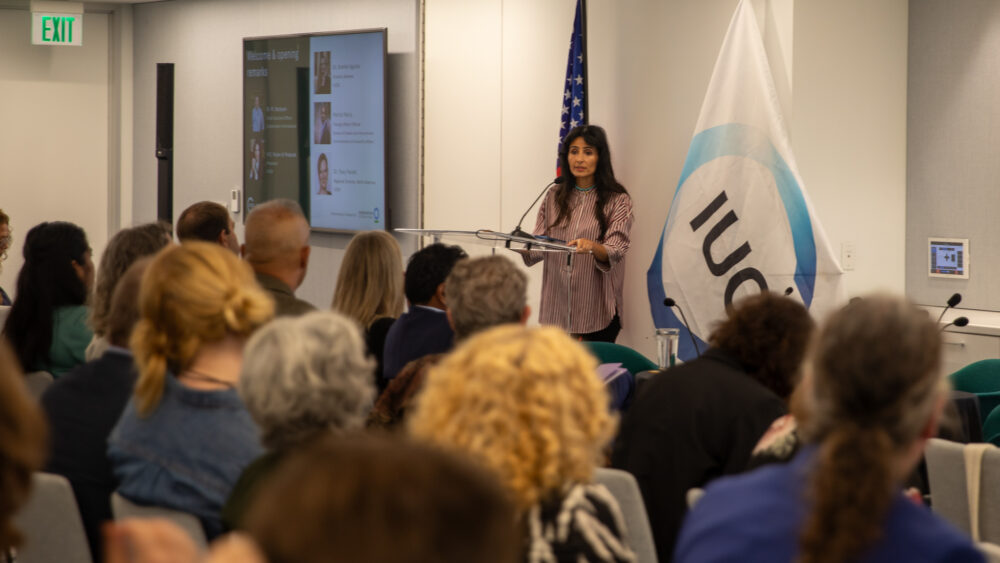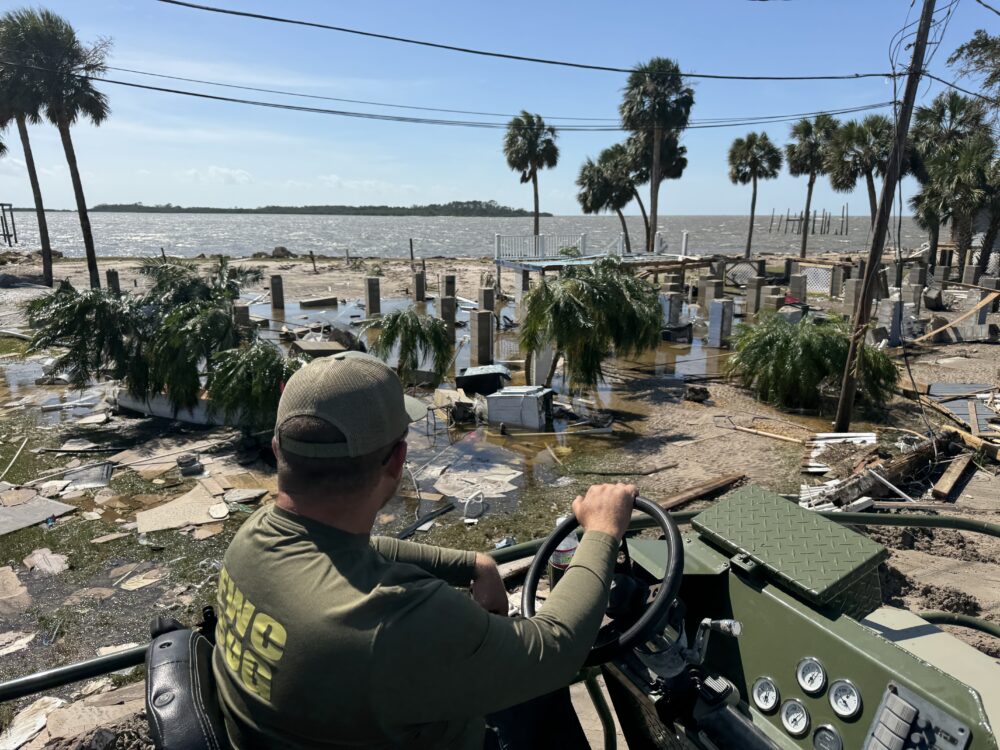We have much more to do and your continued support is needed now more than ever.
Why It’s Tough for Fish in the Susquehanna These Days
If you’re a smallmouth bass in the Susquehanna River in Pennsylvania, chances are you’re pretty lonely these days. After a population crash in 2005 where fewer young bass were surviving into adulthood, fisherman also noticed that smallmouth bass are being plagued with tumors and lesions. To add insult to injury, there was also an increase in male fish carrying eggs. In short, it’s been a tough ride as a smallmouth bass in the Susquehanna River. Plus, these problems have put a dent in Pennsylvania’s $3.4 billion recreational fishing industry.

Also, it’s not just the poor smallmouth bass that’s been suffering with the intersex problem. Over the past decade, feminized male fish have been discovered in 37 species in lakes and rivers throughout North America, Europe, and other parts of the world.

Where are these problems coming from and what can we do about it? Endocrine disruptors and herbicides can come from many sources including industry, agricultural, municipal sewage treatment plants, as well as residential and commercial landscaping. Endocrine disruptors, which mimic or block hormones and stop the body from functioning normally, are found in synthetic plastics, detergents, pharmaceuticals, pesticides, and industrial chemicals. They can end up in our streams and rivers through our sewage system, which doesn’t treat waste water for these types of pollution. The herbicides farmers and residents put on their crops and lawns to kill nuisance bugs don’t just stay there; rain washes them off into local streams and rivers, where they harm fish and other wildlife.
What can you do to help the smallmouth bass recover?
- Avoid using pesticides in your home or yard, or on your pet — use baits or traps instead, keep in your home especially clean to prevent ant or roach infestations.
- Buy organic produce and meats raised without hormones.
- Don’t flush pharmaceuticals down the toilet.
- Support National Wildlife Federation’s Mid-Atlantic Office and other organizations working to protect our local waters.





















